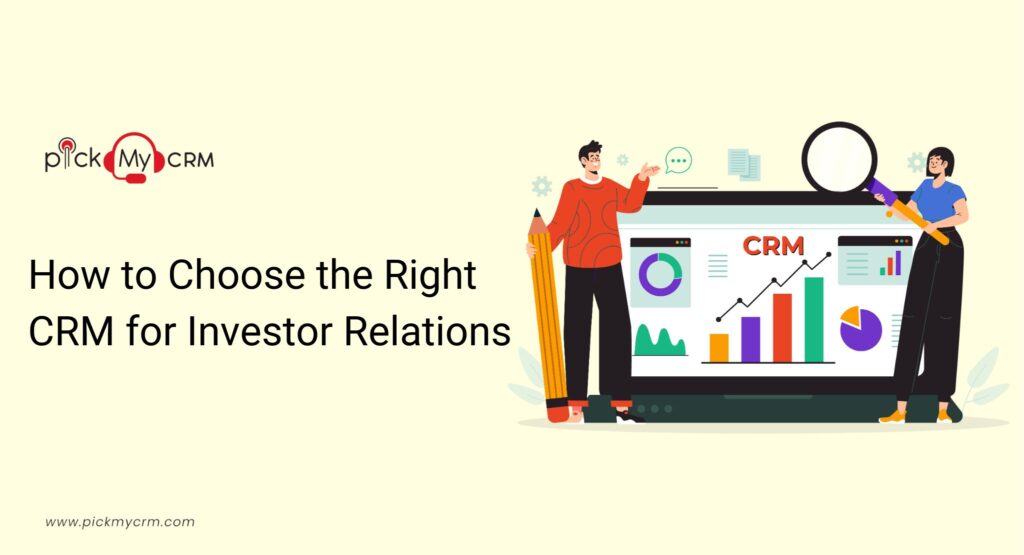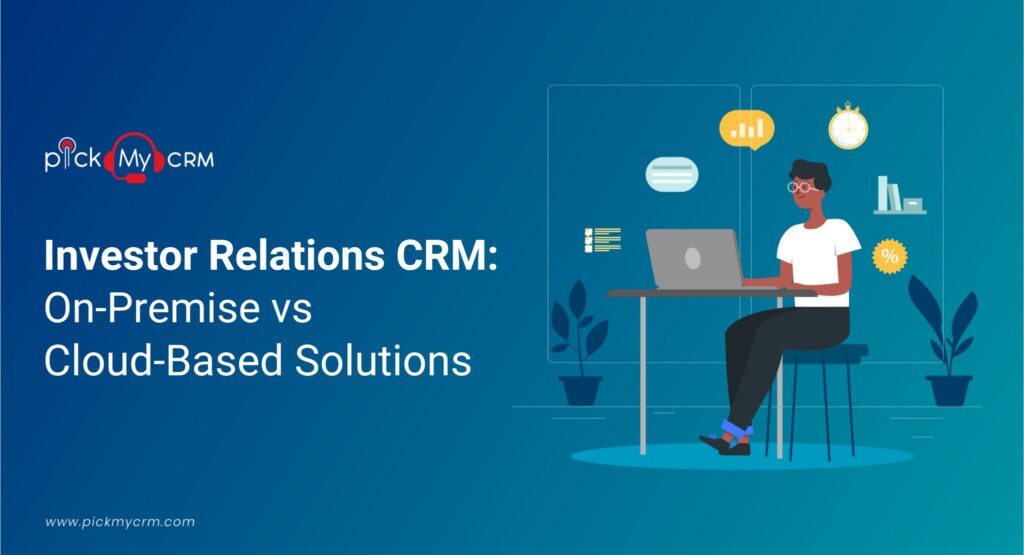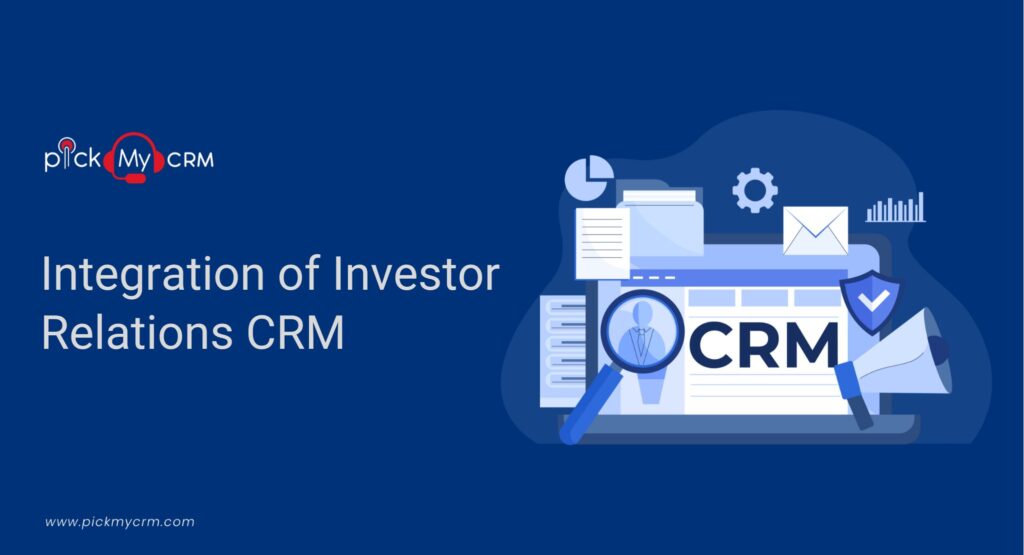What is CRM for Investor Relation?

What is Investor Relations CRM?
At its core, the Investor Relations CRM is an intricate tapestry woven from technology, strategy, and data finesse. It encapsulates the art of nurturing and strengthening the bond between corporate entities and their investors. Imagine it as a digital maestro, seamlessly conducting the communication, engagement, and analysis required to build and maintain lasting investor relationships. It serves as a sentinel of transparency and a guardian of trust, ensuring that the symphony of investor-corporate interaction remains harmonious.Why Does Investor Relations Need a CRM?
In the high-stakes arena of modern business, where fortunes rise and fall with the tides of investor sentiment, the imperative of an Investor Relations CRM cannot be overstated. This technological marvel transcends the limitations of archaic methods, offering a dynamic platform to elevate investor engagement to an art form. By centralizing data and insights, it empowers corporations to communicate with precision, track sentiments with finesse, and customize interactions with elegance. As a result, the once-fraught landscape of investor relations morphs into a garden of strategic growth and sustainable confidence.Who Uses a CRM for Investor Relations?
The beneficiaries of an Investor Relations CRM span a kaleidoscope of stakeholders. From fledgling startups to venerable conglomerates, corporations of all sizes wield this tool to navigate the labyrinthine complexities of investor engagement. The virtuosos behind this orchestration are the Investor Relations teams, utilizing the CRM's analytical virtuosity to glean insights that shape their strategic arias. Yet, the stage is not confined to them alone; CEOs and CFOs wield the CRM to harmonize the corporate chorus with investor expectations. Beyond these realms, financial analysts, institutional investors, and even regulatory custodians draw their insights from this symphonic wellspring.What are the methods of employing a CRM to enhance investor relations?
The choreography of using an Investor Relations CRM is a ballet of strategy and finesse:- Data Aggregation: The CRM functions as a virtuoso data maestro, harmonizing financial reports, market trends, and investor interactions into a harmonious ensemble.
- Segmentation: Investors are elegantly categorized based on their proclivities, histories, and appetites, allowing for the personalized nuances of engagement.
- Communication: The CRM takes center stage in disseminating orchestrated communications – from earning crescendos to corporate overtures – with a touch of automated elegance.
- Sentiment Analysis: By conducting sentiment analysis across myriad sources, the CRM detects the subtle shifts and resonances of investor emotions, enabling proactive moves
- Tracking Engagement: The CRM records each crescendo of investor engagement, providing a nuanced scorecard for the performance of each interaction.
- Reporting: With real-time dashboards, the CRM dons the mantle of a maestro, conducting visual symphonies of insights that guide strategic crescendos.



